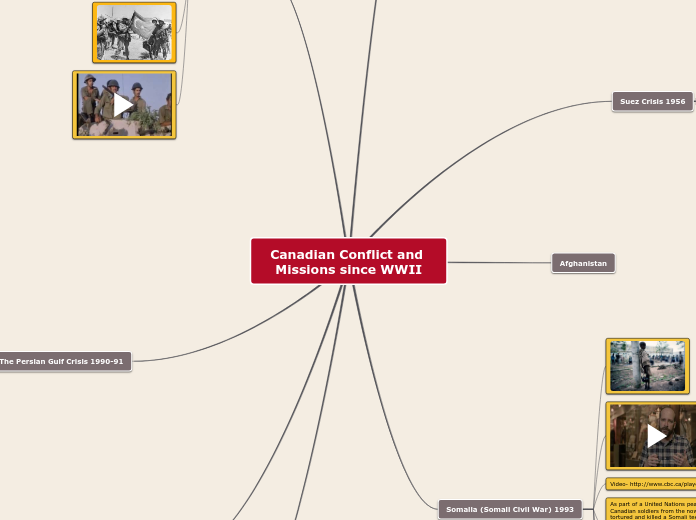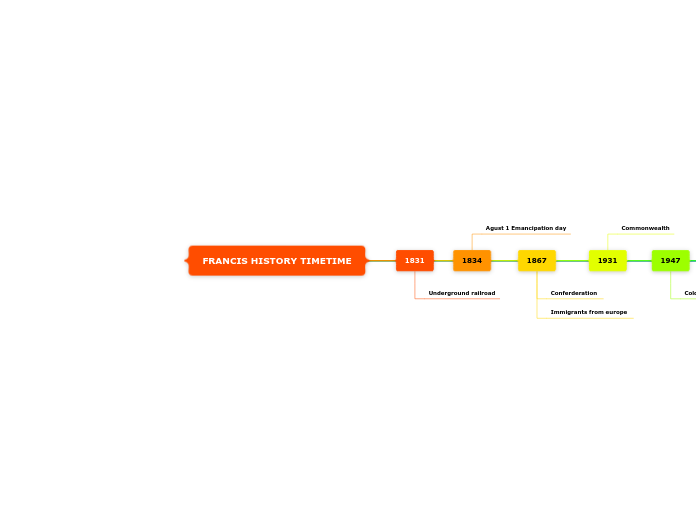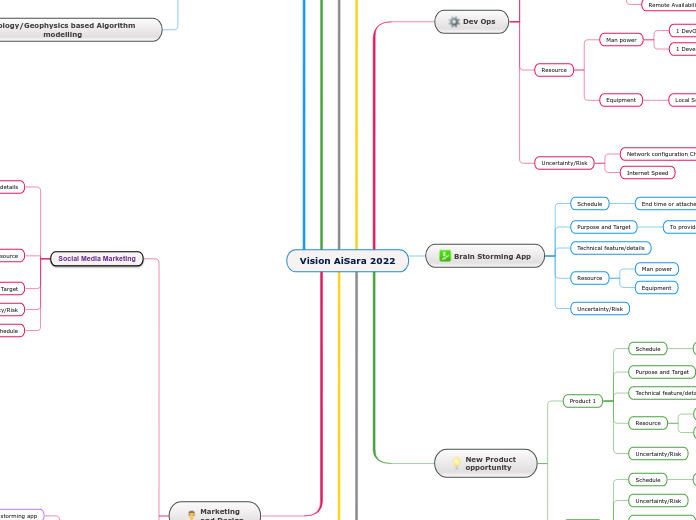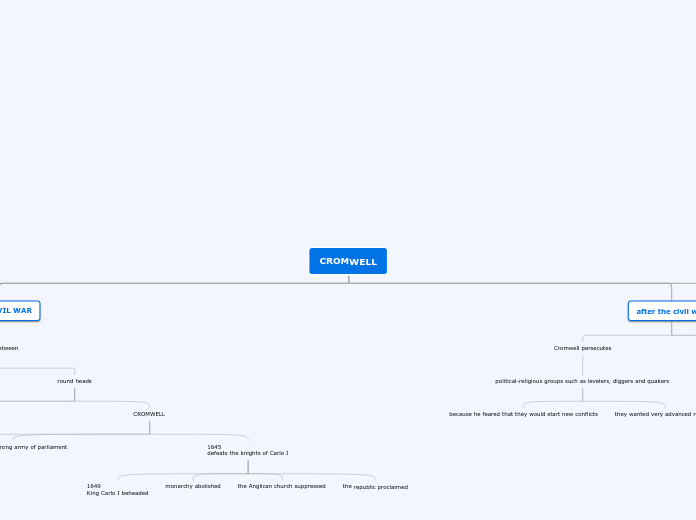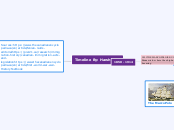Canadian Conflict and Missions since WWII
Rowanada
Yugoslavia
The Persian Gulf Crisis 1990-91
why
In 1990 Iraq accused Kuwait of stealing Iraqi petroleum through slant drilling, although some Iraqi sources indicated Saddam Hussein's decision to attack Kuwait was made a few months before the actual invasion
Where
The flag on the left is the nation of kuwait and the flag on he left is Iraq
What
on August 1st -2nd Iraq invaded the tiny nation of Kuwait, and there was a coalition of 35 nation to demand that Iraq withdraws before they go into Saudi Arabia.
Cyprus 1974
When:Cyprus has been divided since 1974
Why:Cyprus has been divided since 1974 when Turkey invaded the north in response to a military coup on the island which was backed by the Greek government.
Where:Cyprus, officially the Republic of Cyprus, is an island country in the Eastern Mediterranean
What:The Turkish invasion of Cyprus, code-named by Turkey as Operation Attila, was a Turkish military invasion of the island country of Cyprus.
Who:In 1974 a Greek military coup, which aimed to unite the island with mainland Greece, led to a Turkish invasion and the division of the island between Turkish Northern Cyprus and the Greek Cypriot Republic of Cyprus.
Somalia (Somali Civil War) 1993
The town of Belet Huen in south-central Somalia
-Somalia
-Canada
-The United Nations
-The United States
Somalia dissolved into civil war and lawlessness in the early 1990's. As tribal clans and warlords competed for power, suffering and famine gripped the country. The United Nations responded in 1992 by approving a multinational peacekeeping mission, led by the United States, to restore a degree of order in Somalia and to allow food and other relief supplies to reach the population
whyyy---Somalia dissolved into civil war and lawlessness in the early 1990's. As tribal clans and warlords competed for power, suffering and famine gripped the country. The United Nations responded in 1992 by approving a multinational peacekeeping mission, led by the United States, to restore a degree of order in Somalia and to allow food and other relief supplies to reach the population. In December 1992, a battalion-sized group of approximately 1,400 Canadian troops made up mostly of the Canadian Airborne Regiment, the Army’s elite paratroop unit arrived in the dusty desert town of Belet Huen. The regiment was tasked with bringing order to south-central Somalia and distributing relief supplies in the region. Airborne troops were frequently harassed by locals as they attempted to reopen roads and hospitals, rebuild bridges and escort food convoys. The Canadian encampment in Belet Huen was repeatedly the target of Somali looters trying to break through the perimeter at night in search of food, or whatever they could find. In response to the break-ins, the Canadian commander, Lt.-Col. Carol Mathieu, authorised his men to shoot looters in the legs if they ran from soldiers patrolling the compound. Another senior officer granted permission for thieves to be captured and abused.
As part of a United Nations peacekeeping mission in Somalia, Canadian soldiers from the now-defunct Airborne Regiment tortured and killed a Somali teenager named Shidane Arone. These and other violent abuses during the mission shocked Canadians and damaged the country’s international reputation. They also led to a public inquiry that revealed serious failures of leadership at the highest levels of the Canadian Armed Forces, kick-starting reforms aimed a professionalising the officer corps.
what---As part of a United Nations peacekeeping mission in Somalia, Canadian soldiers from the now-d":::::::::::::efunct Airborne Regiment tortured and killed a Somali teenager named Shidane Arone. These and other violent abuses during the mission shocked Canadians and damaged the country’s international reputation. They also led to a public inquiry that revealed serious failures of leadership at the highest levels of the Canadian Armed Forces, kick-starting reforms aimed a professionalizing the officer corps.
Video- http://www.cbc.ca/player/play/1826241992
Afghanistan
Suez Crisis 1956
The 1956 Suez Crisis was a military and political confrontation in Egypt that threatened to divide the United States and Great Britain, potentially harming the Western military alliance that had won the Second World War. Lester B. Pearson, who later became prime minister of Canada, won a Nobel Peace Prize for using the world’s first, large-scale United Nations peacekeeping force to de-escalate the situation.
where
why
what
Who: After Egypt nationalized the Suez Canal, President Eisenhower refused to join Britain, France and Israel in an invasion of Egypt.
Subtopic
The korean war 1950-1954
Where:
North and South Korea
Why:
Conflict between communism and capitalism caused the North to invade the south
What:
North Korean armed forces invaded South Korea
Who:
-North Korea vs South Korea
-Canada
-The United Nations
-Communist Chinese
-Soviet leaders
